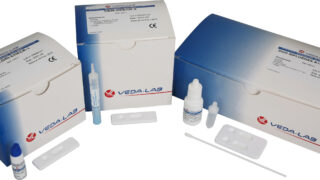Categories

PSA Rapid Test
A PSA (Prostate-Specific Antigen) test is a medical screening tool primarily used for the early detection of prostate cancer. This blood test measures the level of PSA, a protein produced by the prostate gland. Elevated PSA levels can be an indicator of prostate issues, including cancer. Regular PSA testing is recommended for men, particularly as they age, to help in the early diagnosis and management of prostate cancer.
Product information
The PSA test is a rapid qualitative assay for the detection of Human PSA (free form or complexed with the α-1-antichymotrypsin) in plasma, serum or whole blood.
Advantages of PSA test
- Easy to perform
- No complex sample collection needed
- Accurate test result
General information
Prostate-specific antigen (PSA) is an intracellular glycoprotein (M.W. 34000 Dalton) synthesized only by the prostate gland and in seminal plasma. PSA, a normal constituent of prostate tissue, is present in benign hyperplastic and malignant prostatic tissue, in metastatic prostatic carcinoma, and in prostatic fluid and seminal plasma. PSA is elevated in serum of prostate cancer patients due to the release of the antigen into the circulation.
The PSA-Rapid Test is a rapid qualitative assay for the detection of Human PSA (free form or complexed with the α-1-antichymotrypsin) in plasma, serum or whole blood.
The method employs an unique combination of monoclonal-dye conjugate and monoclonal (mouse) solid phase antibodies to selectively identify PSA in the test samples with a high degree of sensitivity.
As the test sample flows through the absorbent device, the labelled antibody-dye conjugate binds to the PSA forming an antibody antigen complex. This complex binds to the anti-PSA antibody in the positive reaction zone (T) and produces a pink-rose colored band when PSA concentration is higher than 4 ng/mL. In the absence of PSA, there is no line in the positive reaction zone (T). The reaction mixture continues to flow through the absorbent device past the reaction zone and control zone. Unbound conjugate binds to the reagents in the control zone (C) producing a pink-rose colored band, demonstrating that the reagents are functioning correctly.
Test procedure
- Allow samples and PSA-CHECK-1 test devices to come to room temperature prior to testing.
- Remove the “reaction device” from its protective wrapper by tearing along the split.
- Label device with the patient‘s name or control number.
- Fill the serum dropper with specimens (serum, plasma or whole blood) and by holding it vertically, dispense one drop (25 μL) into sample well (▷). (If whole blood is used, dispense 2 drops (50 μL) into the sample well (▷) and wait for the whole blood sample to be completely absorbed before adding diluent.
- Add exactly 3 full drops of diluent (150 μL) into the sample well (▷).
- Read the results after 10 minutes. Do not interpret after 15 minutes.
Interpretation of the results
Negative result: Only one colored band appears on the control zone (C).
Positive result: Two clearly distinguishable lines appear (T and C).
Invalid result: If there is no distinct color band visible in the test and control windows, the test is inconclusive. It is recommended in this case to repeat the test.
| Product name | PSA Rapid Test |
|---|---|
| Detection | Prostate-specific antigen (PSA) |
| Type | |
| Sample Type | |
| Pack Size | |
| Format | |
| Analyte Detection |
Related products
-
Heart Markers
D-Dimer Rapid Test
Price requestThe D-dimer test is a test that measures the levels of D-dimer, a protein fragment, in the bloodstream. It’s a critical diagnostic tool for detecting abnormal blood clot formation, often associated with conditions like deep vein thrombosis and pulmonary embolism. Healthcare providers use this test to assess the likelihood of clot-related disorders, aiding in diagnosis and guiding treatment decisions. It plays a crucial role in ensuring patient safety and timely medical interventions.
-
Heart Markers
Myoglobin Rapid Test
Price requestThe myoglobin test is a blood test that measures the levels of myoglobin, a muscle protein, in the bloodstream. This test is used to diagnose muscle damage, particularly in the context of heart attacks or muscle injuries. Elevated myoglobin levels can indicate muscle injury or heart muscle damage, helping healthcare professionals with diagnosis and treatment decisions.
-
Medical Tests
RSV Rapid Test
Price requestThe Respiratory Syncytial Virus (RSV) test is used to detect the presence of RSV in respiratory secretions, typically collected via a nasal swab or throat swab. RSV is a common virus that causes respiratory infections, especially in infants and young children. This test is to confirm RSV infections, enabling appropriate treatment and care for affected individuals, particularly during the RSV season in colder months.
-
Medical Tests
AFP Rapid Test
Price requestAlpha-fetoprotein (AFP) is a protein produced in the liver and yolk sac of a developing fetus. It serves as a biomarker in medical diagnostics, often associated with liver and certain testicular cancers. Healthcare professionals use AFP blood tests to monitor these conditions.

 Drug Test
Drug Test Heart Markers
Heart Markers Hormone Tests
Hormone Tests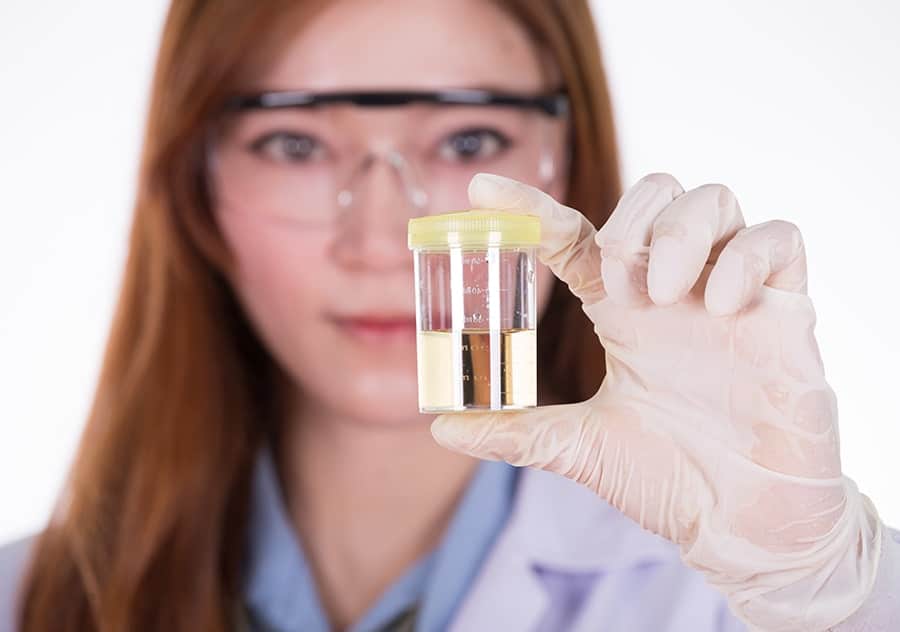 Medical Tests
Medical Tests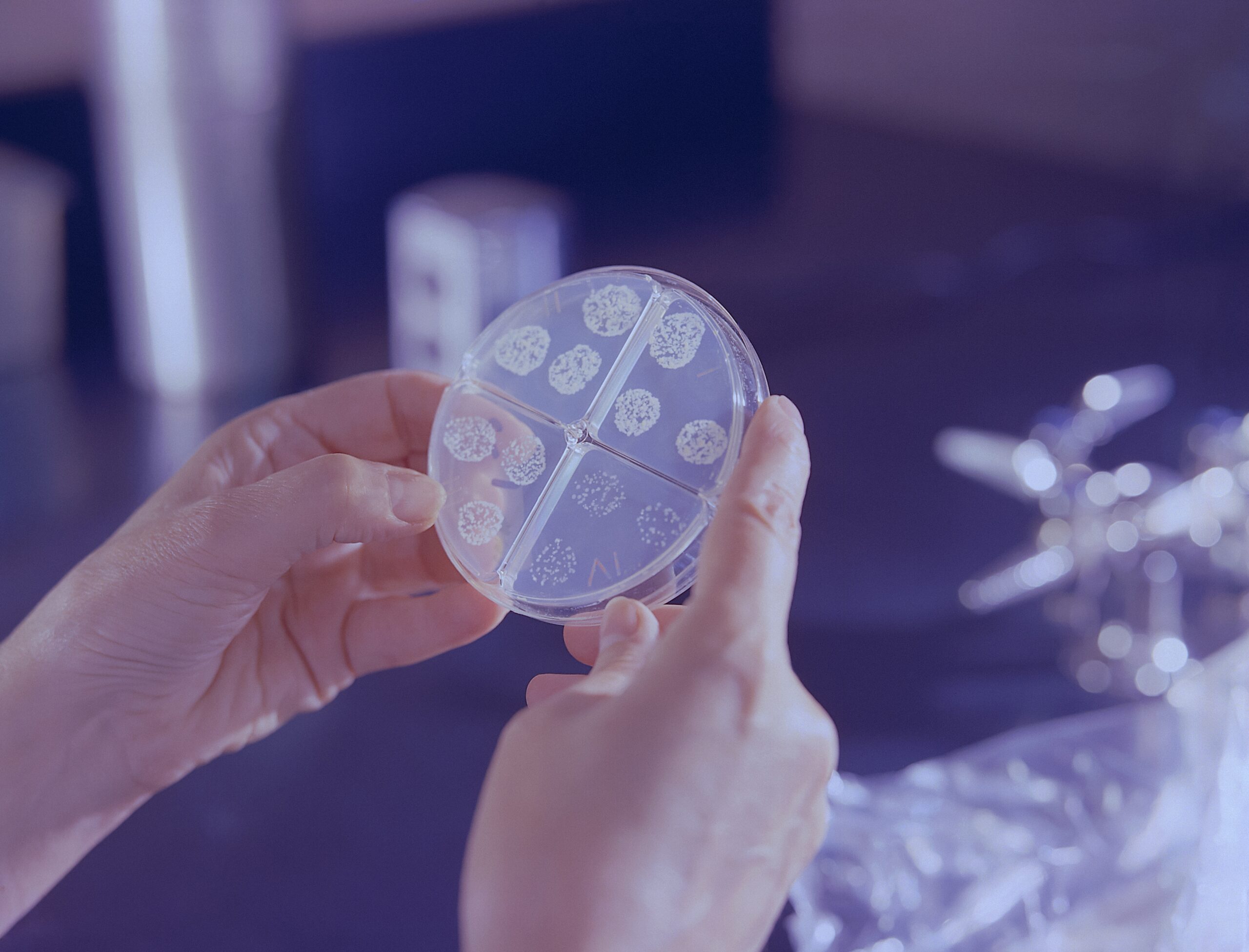 Microbiology
Microbiology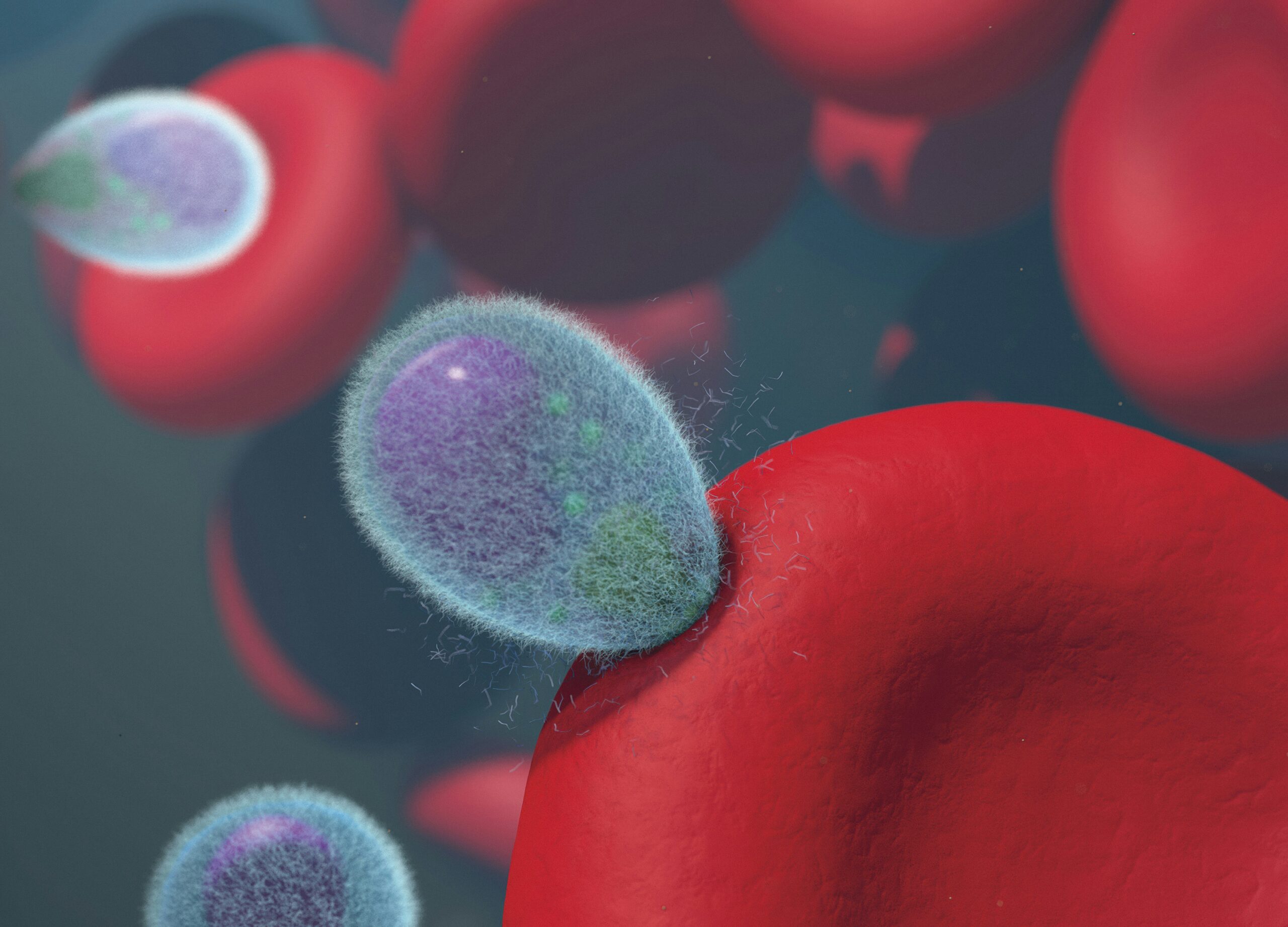 Parasite Infection
Parasite Infection Proteins and Inflammatory Markers
Proteins and Inflammatory Markers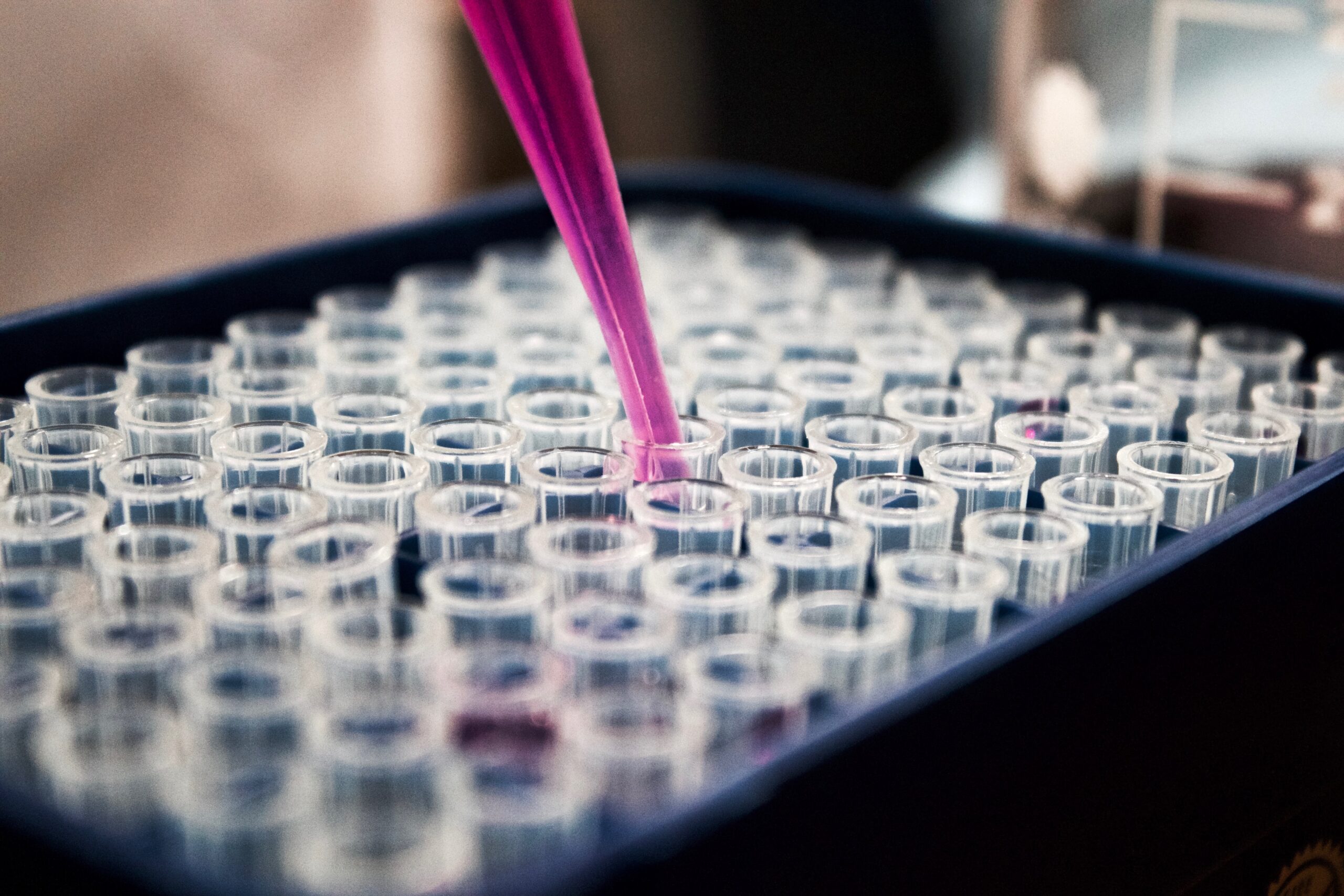 Qualitative Controls
Qualitative Controls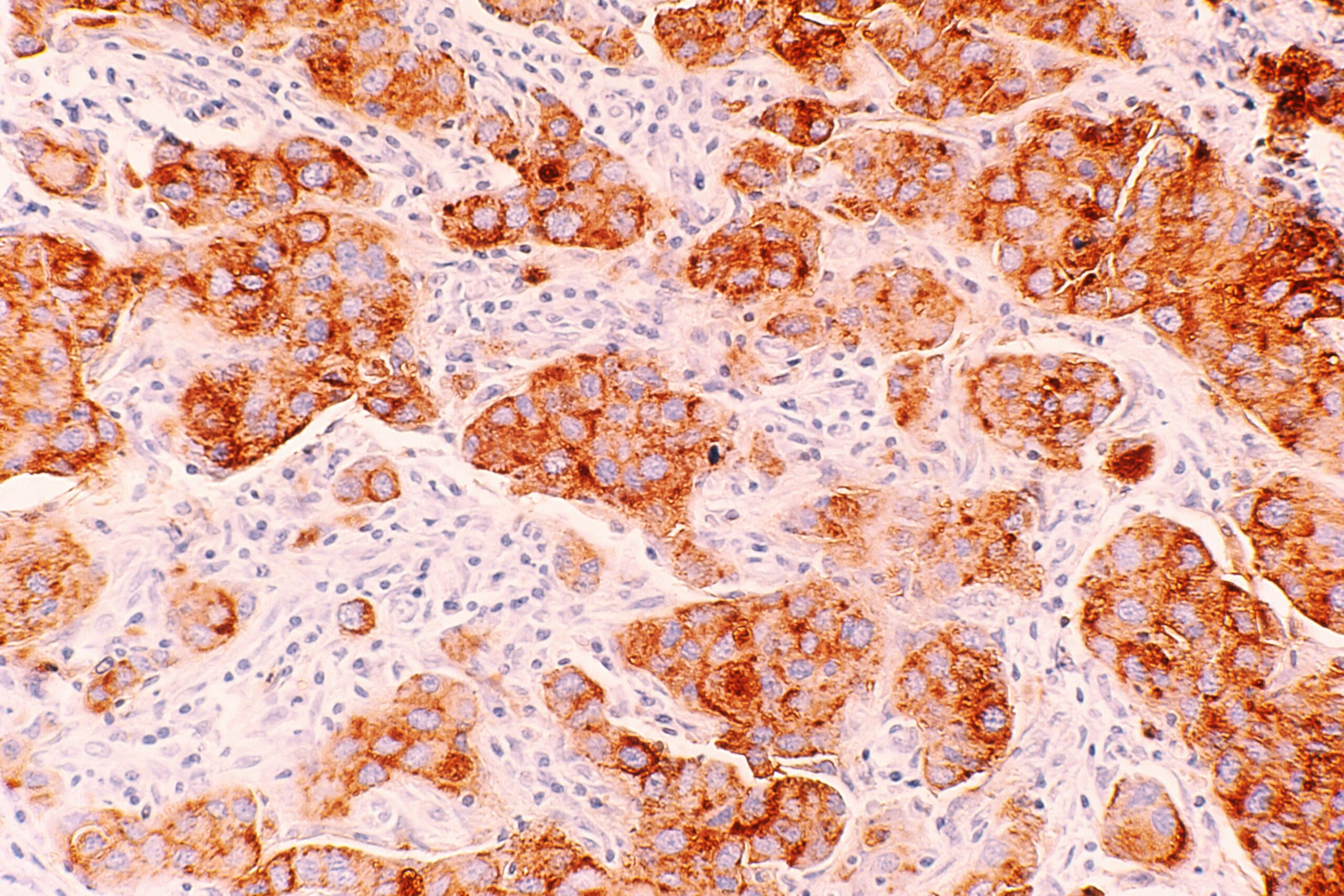 Tumor Marker
Tumor Marker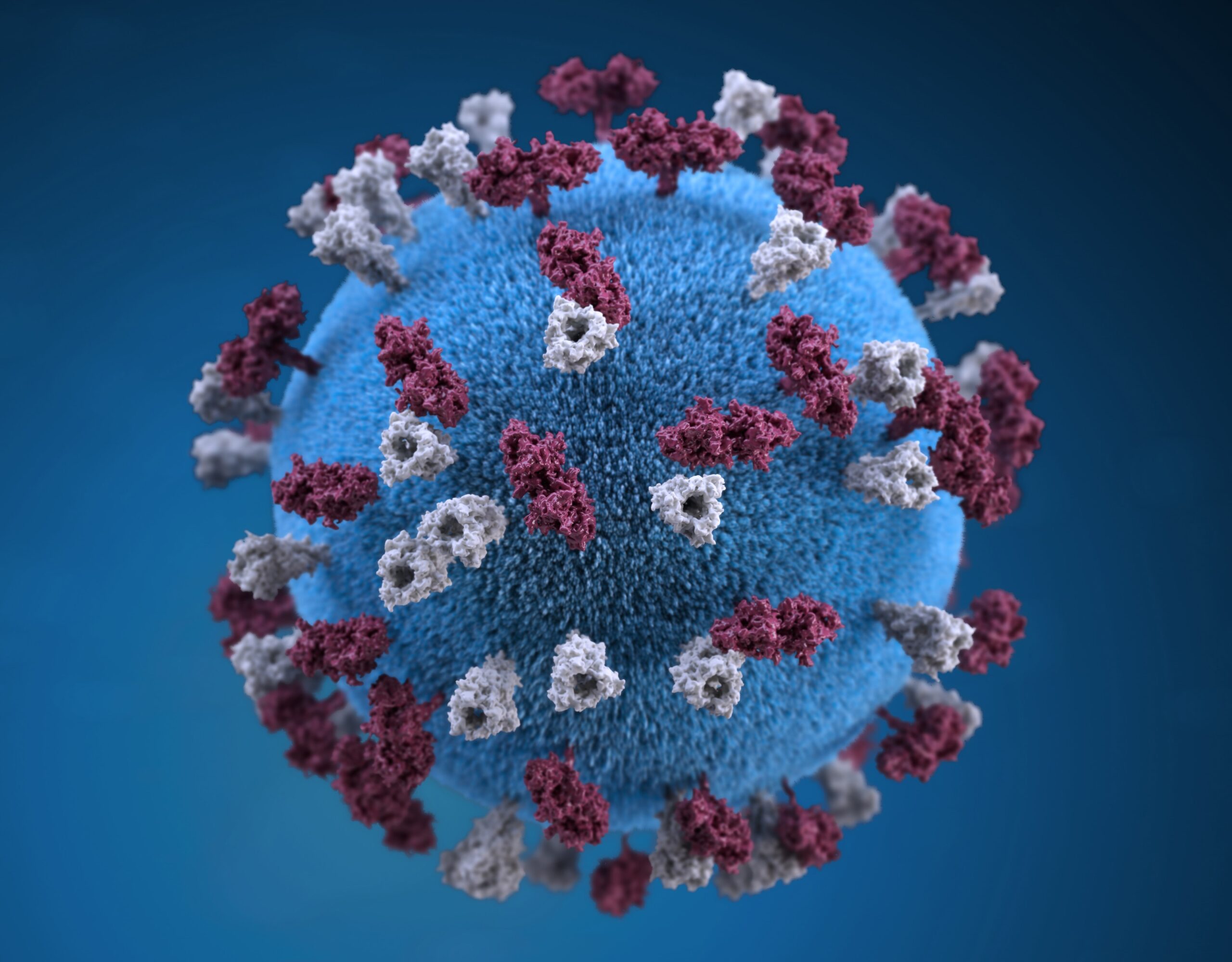 Viruses
Viruses